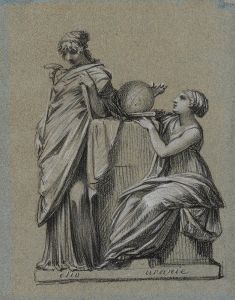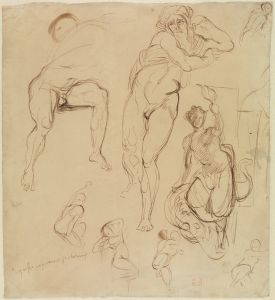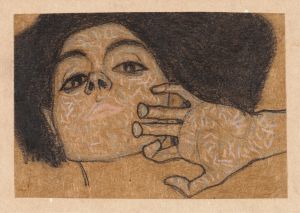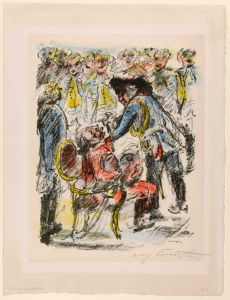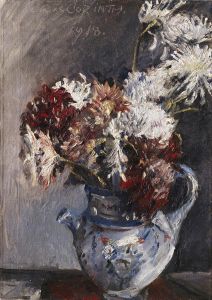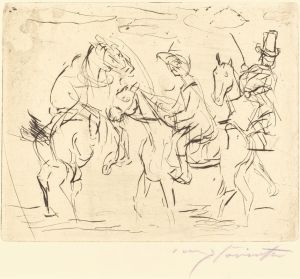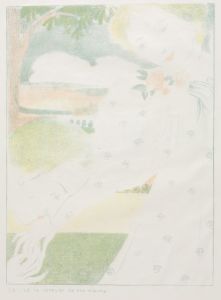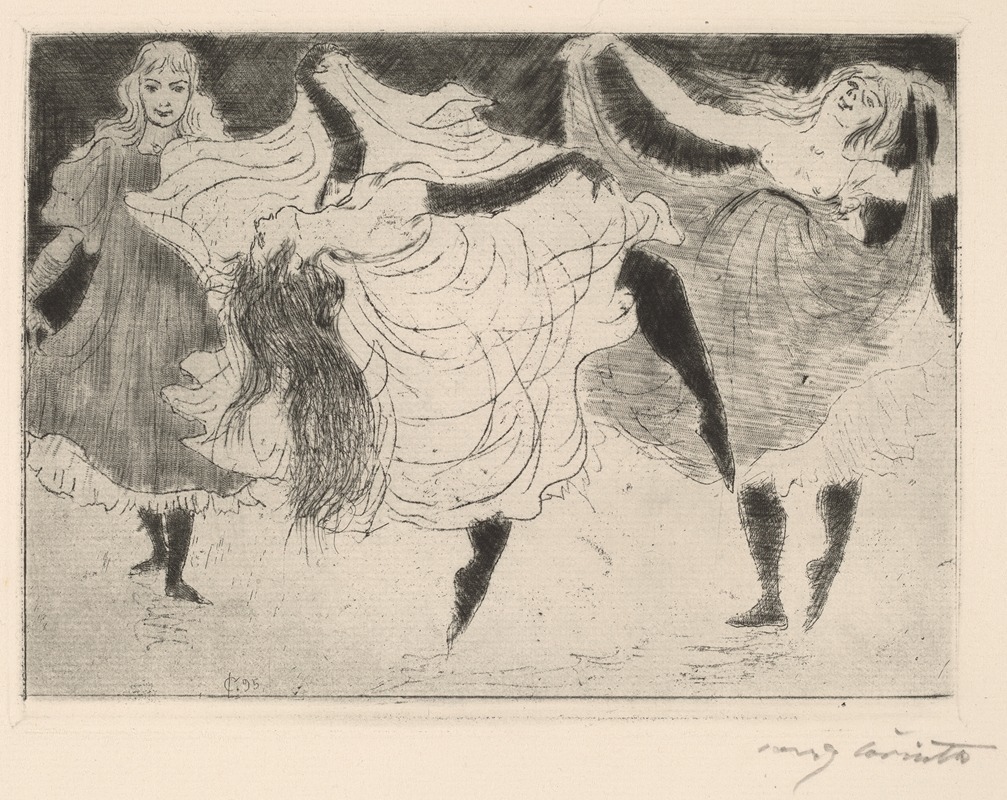
Dancers
A hand-painted replica of Lovis Corinth’s masterpiece Dancers, meticulously crafted by professional artists to capture the true essence of the original. Each piece is created with museum-quality canvas and rare mineral pigments, carefully painted by experienced artists with delicate brushstrokes and rich, layered colors to perfectly recreate the texture of the original artwork. Unlike machine-printed reproductions, this hand-painted version brings the painting to life, infused with the artist’s emotions and skill in every stroke. Whether for personal collection or home decoration, it instantly elevates the artistic atmosphere of any space.
Lovis Corinth's painting Dancers is a work by the German artist, created in 1908. Corinth, a prominent figure in the transition from Impressionism to Expressionism, is known for his dynamic brushwork and vibrant use of color. This painting exemplifies his ability to capture movement and emotion, focusing on the theme of dance, which was a popular subject in European art during the late 19th and early 20th centuries.
The composition of Dancers features two figures engaged in a dance, their forms rendered with Corinth's characteristic loose and expressive brushstrokes. The painting conveys a sense of energy and rhythm, emphasizing the physicality of the dancers' movements. The background is less defined, drawing attention to the central figures and creating a contrast between the dynamic foreground and the more subdued surroundings. Corinth's use of color in this work is notable, with warm tones dominating the palette, adding to the sense of vitality and intimacy.
Lovis Corinth was deeply influenced by both the Impressionist and Expressionist movements, and his works often reflect a synthesis of these styles. In Dancers, the influence of Impressionism can be seen in the focus on light and movement, while the emotional intensity and bold brushwork align with Expressionist tendencies. This duality is a hallmark of Corinth's artistic approach, making his works distinctive within the broader context of modern European art.
The painting was created during a period of significant personal and professional growth for Corinth. In 1908, he was an established artist and a leading member of the Berlin Secession, an influential group of artists who sought to challenge traditional academic art. His works from this time often explore themes of human interaction and emotion, as seen in Dancers.
Today, Dancers is recognized as an example of Corinth's mature style, showcasing his technical skill and his ability to convey the dynamism of human activity. The painting is housed in a public or private collection, though specific details about its current location or provenance are not widely documented. Corinth's contributions to modern art continue to be celebrated, and works like Dancers remain significant for their innovative approach to form and expression.





